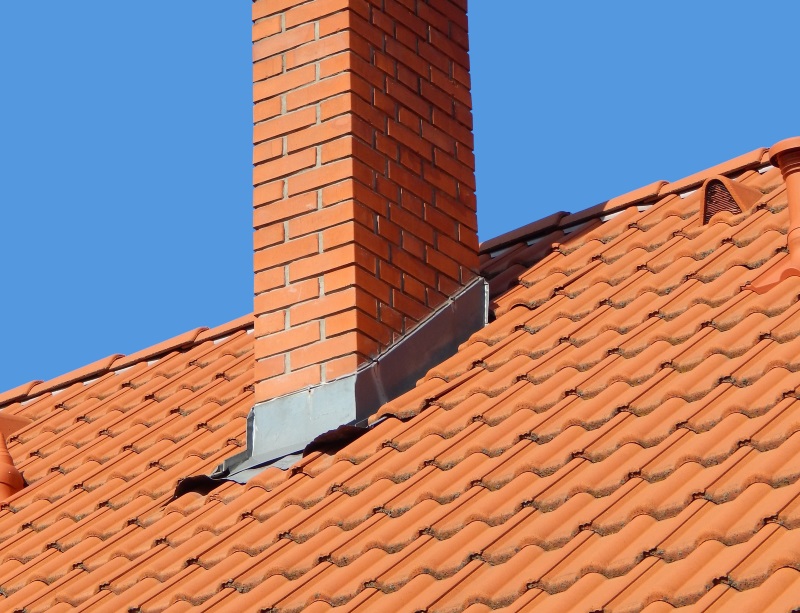
Published on July 26, 2018
Although shingles are the primary protectors of your home’s roof, they can’t completely seal joints or corners. Roof flashing may be thin and flat, but it plays a mighty role in keeping water from damaging your home.
Roof Flashing Structure and Purpose
Roof flashing materials are weather-proof. You may see roof flashing made from plastic, rubber or felt, but it’s usually a rust-resistant metal such as:
- Galvanized steel – used most often and preferred by professional roofing companies.
- Aluminum-zinc coated steel marketed under the Galvalume name – offers more corrosion resistance than galvanized steel
- Aluminum – easily bent and the material of choice for DIY installation
- Copper – custom-made for copper roofs
Roof flashing is installed wherever there’s an intersection or a termination of your roof. That means you’ll see roof flashing material in the following areas:
- at vent pipes
- along roof ridges
- in low areas (valleys) where roof pitches connect
- around dormer walls
- around skylights or other windows extended from the roof
For flat roofs or those without overhanging eaves or soffits, drip edge flashing may be installed to move water off the roof into a gutter system.
Assessing Roof Flashing Damage
Since roof flashing is usually made with metal, it appears to be sturdier than shingles or tiles. It is designed to be tough. But over time, roof flashing material can show signs of wear and can be damaged by acid rain, wind, hail, severe heat and heavy snows. In coastal areas, exposure to salt air can also affect roof flashing.
Take time to visually check your roof after a severe weather event. Inspect your roof in the spring to evaluate any damage from the winter. Review it again in the fall to determine if repairs are needed before another winter arrives. While your visual inspection from ground level is a good starting point, consider hiring a professional roofer. Their expertise ensures damage will be found, and they’ll provide recommendations for thorough repairs.
Signs of roof flashing damage range from minor, hard-to-spot trouble areas to major breaches requiring significant repair. Here are some issues to look for.
- Small holes: Water needs only a little space to seep under roof shingles. Small holes in roof flashing caused by corrosion or wildlife (woodpeckers) can turn into a large problem and need to be sealed.
- Rust or corrosion: Even with galvanized coatings, roof flashing materials will corrode over time due to the reaction with air. Salt air is more corrosive than inland air. Rusted roof flashing will no longer repel water and needs to be cleaned, sealed or replaced.
- Missing pieces: If roof flashing loosens during storms or high winds, is not affixed properly or is peeled back by a curious raccoon, you may notice missing pieces. The absence of the water barrier flashing provides makes this a high priority repair.
- Bends, cracks or dents: A bend or crack seems minor, but this type of damage breaks the galvanized coating on steel or weakens the structure on other metals. When the metal is compromised, it can be more susceptible to corrosion.
- Internal leaks: You may not be able to see all the roof flashing, but internal leaks near windows, fireplaces, skylights or in your attic are another sign of damage.
- Mold or staining on fascia boards: Drip edge flashing that was improperly installed can cause this type of damage.
- Worn or damaged siding or shingles: When the roof flashing fails to rebuff water properly, you may see water damage on siding. Shingles in low spots or near areas where flashing is used may show signs of water damage (darkening, bending), indicating the roof flashing material has been compromised.
Working with a Professional Roofer to Repair Roof Flashing
You’ll find multiple online sources of DIY advice about how to repair roof flashing. Working on roofs, even on single-story buildings, is dangerous. Professional roofers have the expertise to safely navigate, identify problem areas and make accurate repairs. Contact our team at Warner Roofing if you see roof flashing damage or would like us to conduct a roof inspection. You can count on us for exceptional service.